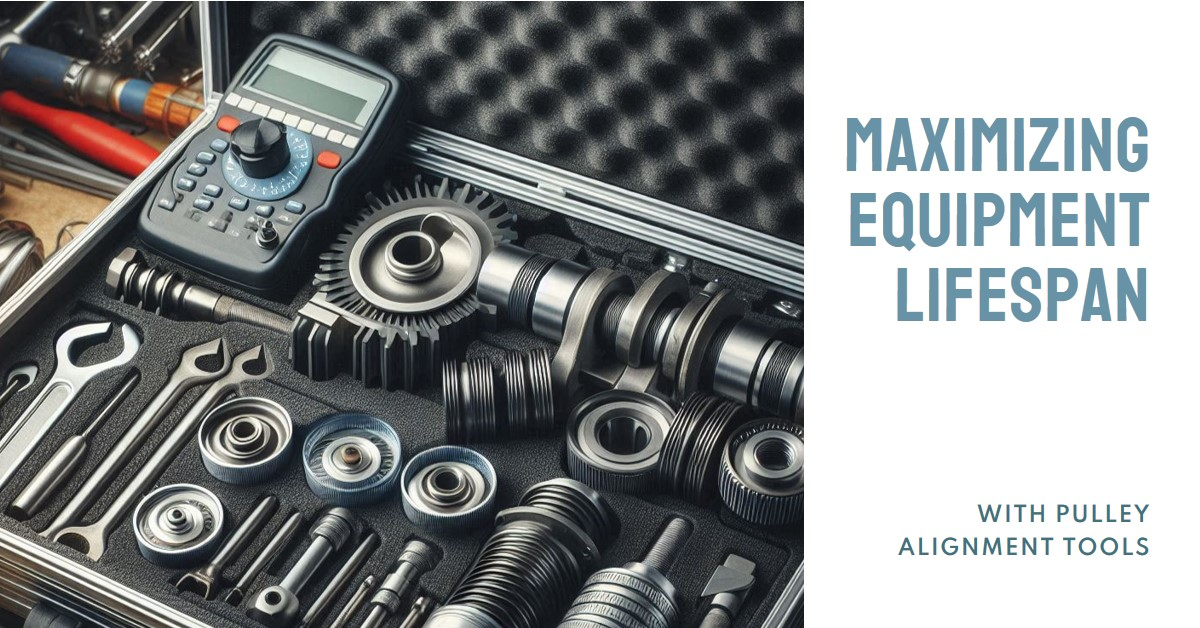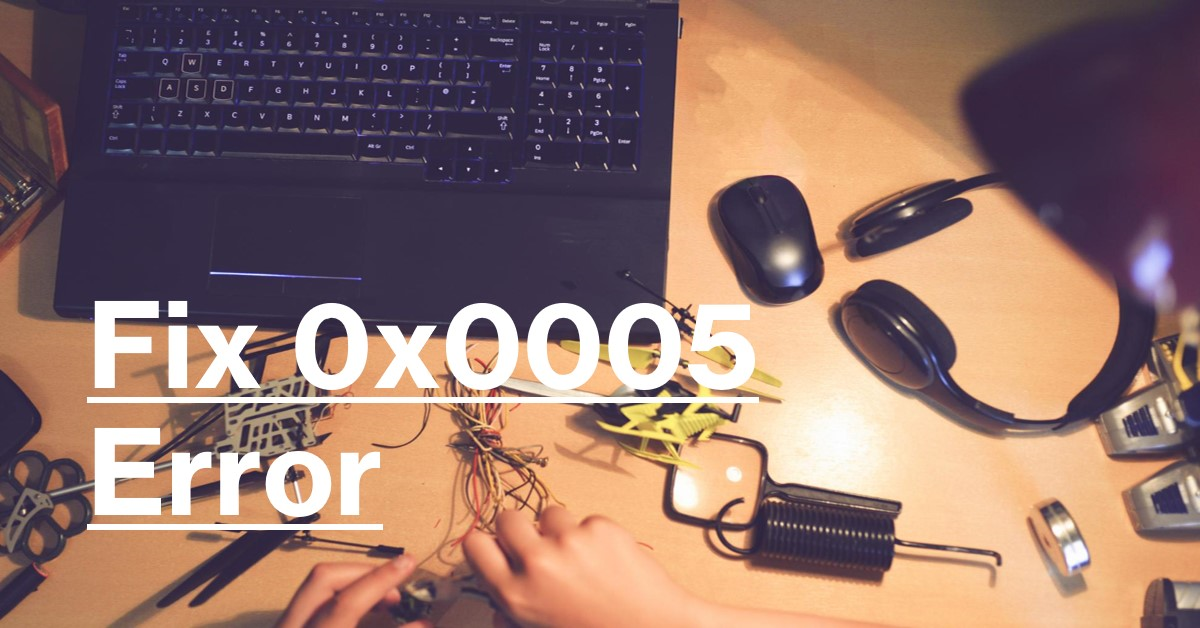
Pulley Alignment Tools: Enhancing Equipment Lifespan and Reducing Costs
Proper alignment of pulleys in industrial machinery is essential for maximizing equipment performance and longevity. Misaligned pulleys can lead to a host of operational issues, from increased wear and tear on components to higher maintenance costs and potential breakdowns. In this article, we’ll explore how effective pulley alignment tools can enhance equipment lifespan, reduce costs, and improve overall efficiency.
Table of Contents
ToggleUnderstanding Pulley Alignment
Pulleys are critical components in many industrial machines, used to transfer power and motion between shafts. For optimal performance, pulleys must be aligned accurately to ensure smooth operation. Misalignment can cause several problems, including:
- Increased Friction: Misaligned pulleys can lead to uneven distribution of load and increased friction, which accelerates wear on bearings and belts.
- Excessive Vibration: Improper alignment often results in vibrations that can damage both the pulleys and other components of the machinery.
- Reduced Efficiency: Misalignment reduces the efficiency of power transmission, leading to higher energy consumption and operational costs.
- Shortened Equipment Lifespan: Over time, misalignment can lead to premature failure of pulleys and other related components, reducing the overall lifespan of the equipment.
The Importance of Proper Pulley Alignment
Accurate pulley alignment is crucial for several reasons:
1. Enhanced Equipment Lifespan
Proper alignment reduces the stress and strain on pulleys and associated components. This minimizes wear and tear, resulting in a longer lifespan for the equipment. Regular alignment checks and adjustments can prevent premature failure and avoid costly replacements.
2. Reduced Maintenance Costs
Frequent misalignment issues often lead to increased maintenance needs. By using pulley alignment tools to ensure precise alignment, maintenance costs can be significantly reduced. Proper alignment reduces the likelihood of unexpected breakdowns and the need for frequent repairs.
3. Improved Operational Efficiency
When pulleys are correctly aligned, the power transmission is more efficient. This means less energy is wasted, leading to lower operational costs and improved overall efficiency of the machinery. Efficient operation also translates into fewer disruptions and a smoother production process.
Types of Pulley Alignment Tools
Several tools are available to assist with pulley alignment, each offering unique advantages. Here are some of the most commonly used alignment tools:
1. Optical Alignment Tools
Optical alignment tools use laser technology to measure the alignment of pulleys. These tools offer high precision and are suitable for a range of industrial applications. The alignment process involves projecting a laser beam onto a target, allowing operators to make accurate adjustments.
2. Dial Indicators
Dial indicators are traditional alignment tools that use a dial gauge to measure misalignment. These tools are effective for assessing the alignment of pulleys and other components, though they may require more manual effort compared to modern laser tools.
3. Ultrasonic Alignment Tools
Ultrasonic alignment tools use sound waves to detect misalignment. These tools are beneficial for detecting alignment issues that may not be visible to the naked eye. Ultrasonic tools are particularly useful in noisy environments where optical tools may struggle.
4. Laser Alignment Tools
For high precision and ease of use, the laser alignment tool stands out as a top choice. Laser alignment tools offer advanced technology that ensures accurate alignment, minimizes errors, and improves overall efficiency. These tools simplify the alignment process, making it quicker and more reliable.
Implementing Pulley Alignment Best Practices
To maximize the benefits of pulley alignment tools, it is important to follow best practices:
1. Regular Inspections
Regularly inspect and align pulleys to prevent alignment issues from developing into larger problems. Scheduled maintenance checks can identify misalignment early, allowing for timely corrections.
2. Proper Installation
Ensure that pulleys are installed correctly and according to manufacturer specifications. Proper installation is the first step toward achieving and maintaining correct alignment.
3. Use of Quality Tools
Invest in high-quality alignment tools to ensure accuracy and reliability. Using advanced tools like the laser alignment tool can greatly enhance the precision of alignment tasks.
4. Training and Expertise
Ensure that personnel responsible for alignment are well-trained and knowledgeable about the tools and techniques involved. Proper training can significantly improve the effectiveness of alignment procedures and reduce the risk of errors.
Conclusion
Effective pulley alignment is essential for maintaining machinery performance, extending equipment lifespan, and reducing operational costs. By utilizing advanced alignment tools and following best practices, businesses can enhance their equipment’s efficiency and reliability. The investment in high-quality alignment tools, such as the laser alignment tool, can yield significant long-term benefits, making it a valuable addition to any maintenance program. Regular alignment checks and proper maintenance not only prevent costly repairs but also contribute to a more efficient and productive operation.
By prioritizing accurate pulley alignment, organizations can ensure smoother operation, lower costs, and a longer lifespan for their equipment, ultimately leading to improved overall performance and profitability.

